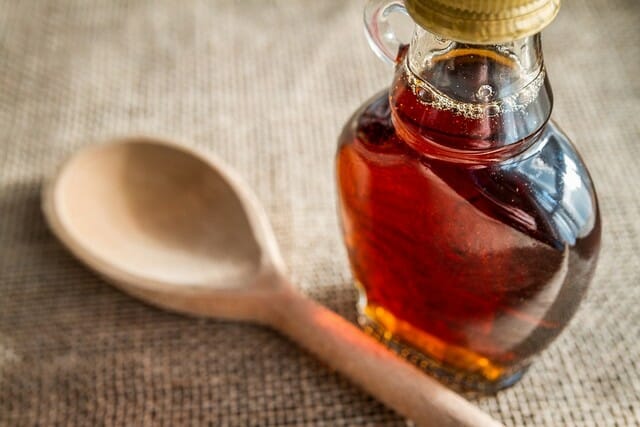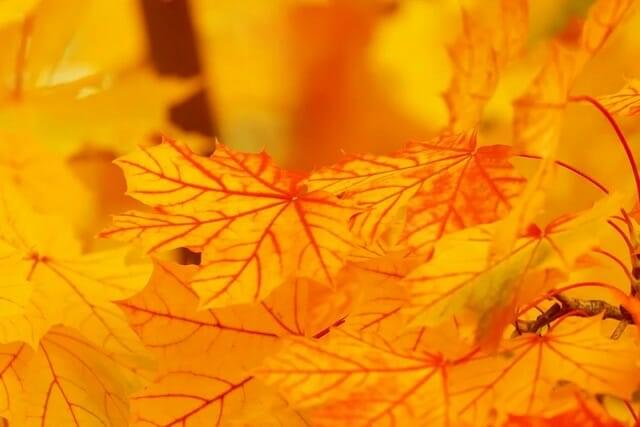Last Updated on January 16, 2023 by Grow with Bovees
The Manitoba maple tree, with its irregular form and divided trunk, calls the forests of North America home.
A native maple to this region, the tree is also found in other countries around the world, such as Ireland and the United Kingdom, where it’s known by other names.
Manitoba Maple—Acer negundo (Boxelder Maple Trees)
Known by many names such as elf maple (Canada), maple ash, river maple and ash-leaved maple (the United States) and ash leaf maple (Ireland and the United Kingdom), the Manitoba maple is a dioecious species with a clear distinction between male and female trees.
The tree grows best in moist, deep soil and has the ability to withstand flooding and tolerate drought, though the growth rate is highly reduced in these situations.
Manitoba maples are generally found in livestock shelterbelts and farmyards, planted as the middle row to increase the height and enhance wind protection in these spots.
Manitoba maples are also well adapted to areas with wet soil as found near river banks, leading to them being called river maples in some areas, along stream banks and on flood plains (also known as riparian areas) and their seeds are also the go-to winter food for several species of birds.
The tree itself acts as a source of shelter and nesting for birds and animals, whereas the flowers provide nectar and pollen for bees and other insects. Male and female flowers are found on separate trees. Additionally, these trees, when tapped in early spring, are excellent sources of maple syrup.

Can You Tap Manitoba Maple?
Yes you can!
They should be not smaller than 8 inches (20.32 cm) diameter before inserting a spout. If done around the end of February, up to around halfway through March, you should get sap that will boil down to a very nice syrup, similar to other sugar maples.
What It Looks Like
Manitoba maples have possibly the most unusual compound leaves amongst maples—the leaves, closely resembling leaves of ash trees, are compound (the only native maple with such leaves), featuring anywhere between three and nine leaflets and lobes that are not very deep (again, unique for maples).
Most of them have three distinct points—two small tips framing a longer one. The leaves turn yellowish-green or completely yellow in the fall. Manitoba trees live for about 60 years—while they grow fast, their life span is short.

Young twigs on the tree have a waxy powder on them that can be rubbed off. Even when fully grown, these branches are rather weak and very easily break off.
Where It’s Found
Manitoba maples, as mentioned earlier, are commonly found on lands next to water bodies. These trees are native to the Prairies—the largest maple native to the area—and also grow in many countries around the world, such as the United Kingdom, Ireland, the United States and Canada.
In Canada, they grow in Southern Ontario and extend from Kenora to Thunder Bay in the Northwest. Due to the fast-spreading winged seeds of the female tree, Manitoba maples are now a common sight in many towns and cities across Ontario.
How Tall Do Manitoba Maples Grow?
Manitoba maple trees grow up to be around 40 feet (12.19 m).
Boxelder Bugs
Manitoba maples are easy to grow and generally disease- and pest-resistant, although they can suffer from maple gall mites.
Why Some People Don’t Like It
Just because they’re commonly found, it doesn’t mean that Manitoba trees are well liked! Many folks don’t like these trees for a range of reasons:
- These trees suck up a lot of water in their growing years, often more than they need. This leads to an even shorter lifespan than the one they already have.
- These trees have weak branches that keep falling and creating a mess, especially along with the compound leaves! The tree itself is also quite given to falling over, creating a lot of inconveniences.
- The branches grow in a way that results in tangling, so if you ever want to just cut off one branch, you’ll have quite a hard time separating it from the rest of its family.
- These trees are given to diseases like root rot and speckled spots and can play host to quite a few insects such as longhorn beetles, canker worms and stink bugs!
How Do You Prune a Manitoba Maple?
If you want to prune a Manitoba maple, you should do so in the late fall or winter. Check out our guide to pruning maple trees. Spring is not the best time since the tree is still growing, rather plant these trees in fall.
Toward the end of the growing season, you should prune back any dead, diseased or damaged branches to open up the canopy and let in light and air.
Cut them back to a lateral branch, a point where the branch meets another branch or the trunk.
Is Manitoba Maple Invasive?
Maples are some of the most common trees in the world, making up around 10% of all trees in the United States. However, in the province of Manitoba, Canada, the maple tree is not native to the area.
The trees were planted in the early 1770s by the Hudson Bay Company, and are considered an invasive species by the province, and are slowly taking over the Manitoba landscape.
Is Manitoba Maple a Hardwood or Softwood?
Maple is sometimes considered a softwood, but not all maples are softwoods. Manitoba produces weak wood.
Most maples are hardwoods, and there are only a few soft maple trees. Manitoba maple has whitish wood, and is soft in comparison to other maples.
How Long Does a Manitoba Maple Live?
They are a fairly short-lived tree with a lifespan of around 60 years.
What Is Manitoba Maple Used For?
As mentioned earlier, Manitoba maples have extremely high ecological value, feeding and sheltering a range of beings.
Box elder firewood is used by people who have a lot of the wood on hand. It burns rather quickly though.
In addition to this, they are preferred by many woodworkers, especially those who work on lathes, for their softer, lighter wood, with the occasional streaks of red pigment running through them. Though this streak is probably a shield against decaying, it results in quite a unique decorative result.